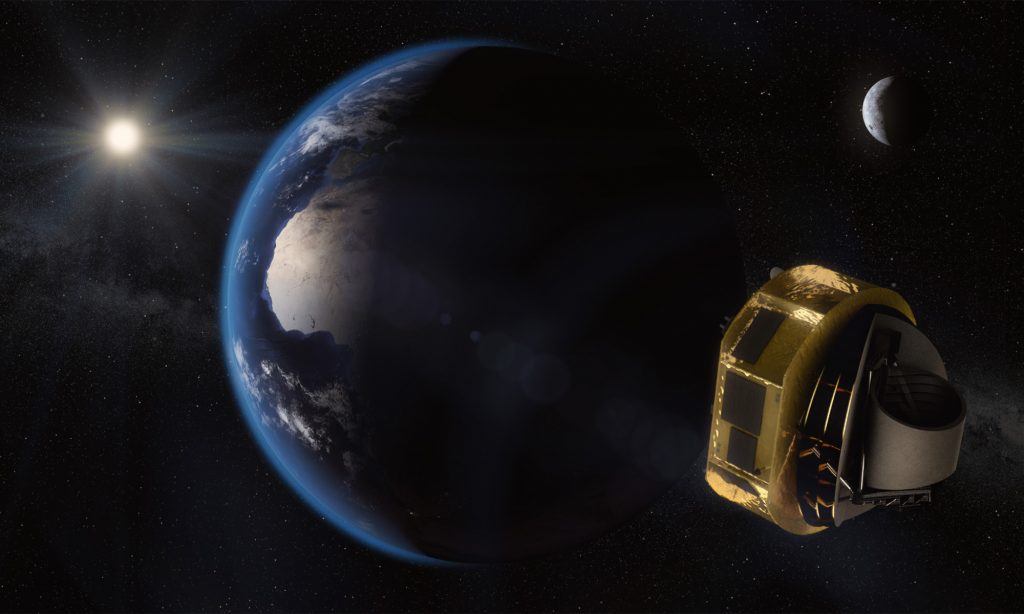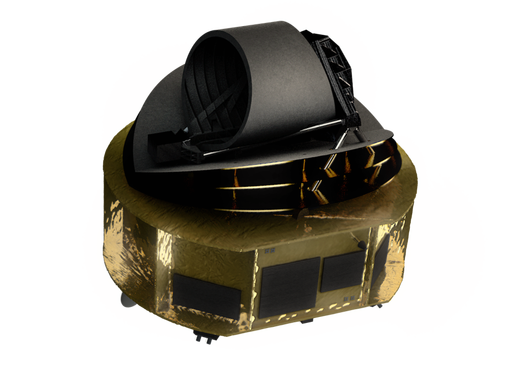ARIEL, the Atmospheric Remote-sensing Infrared Exoplanet Large-survey, was selected as the fourth medium-class mission (M4) in ESA’s Cosmic Vision programme. ARIEL, a mission to make the first large-scale survey of exoplanet atmospheres, will study what exoplanets are made of, how they formed and how they evolve, by surveying a diverse sample of about 1000 extrasolar planets, simultaneously in visible and infrared wavelengths. It is the first mission dedicated to measuring the chemical composition and thermal structures of hundreds of transiting exoplanets, enabling planetary science far beyond the boundaries of the Solar System.

Credits: ESA/STFC RAL Space/UCL/Europlanet-Science Office
ARIEL is a dedicated survey mission capable of observing a large, diverse and well-defined sample of exoplanets around a range of stellar types. It is designed to perform high-accuracy transit, eclipse, and phase-curve observations employing simultaneous multiband photometry in visible wavelengths and spectroscopy in near infrared wavelengths.
The ARIEL instruments are:
- An infrared spectrometer (AIRS)
- A Fine Guidance System (FGS) module providing three narrow-band photometry channels (two used as guidance sensors as well as for science) and a low-resolution near-infrared spectrometer.

Credits: ARIEL-Science Office